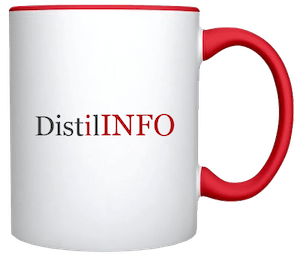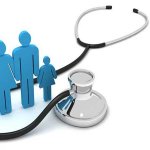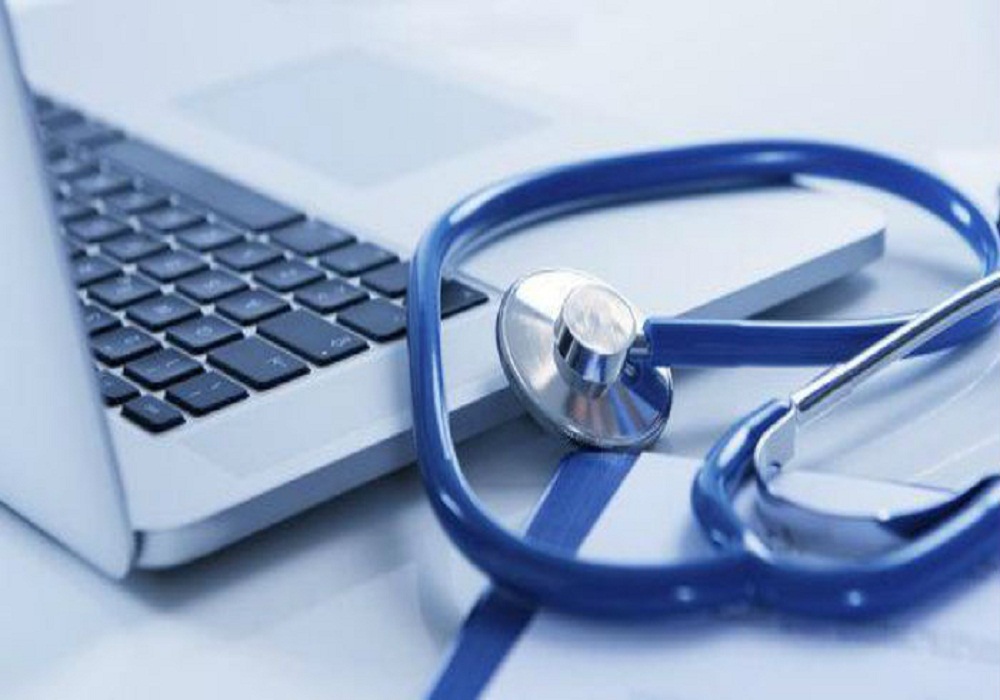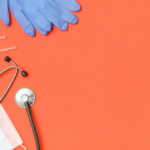Our bodies are amazing in what they can do. However, the coronavirus pandemic is showing all of us that we can no longer take our health for granted. We are now seeing, truly for the first time, how a world health crisis can impact our wellbeing, our economy, and nearly every aspect of our lives.
And while technology has mastered almost everything else, coronavirus brings to light the urgent need to use technology to better understand our health and deliver personalized care – at scale. The good news is that we have made progress reading the signals of our bodies or what I call ‘our body’s vital narrative’. For the first time, we are beginning to listen to these signals and the story our body wants to tell us.
Some signals are easy to understand. We sweat because our body needs to cool itself. When we’re playing sports, our body releases adrenaline, the so-called fight-or-flight hormone, to enhance performance. Other actions our body takes while regulating itself are more complex. Take insulin, a hormone made by our pancreas, that allows energy (in the form of sugar) to enter our cells and fuel our bodies. The amount of insulin our body releases is influenced by factors including temperature, our last meal, exercise, mood, health state, and much more, which is why it’s so challenging to manage diabetes. When our blood sugar is too low, our body automatically redirects energy to the most vital organs, the heart and the lungs, depriving us of energy, and sometimes resulting in a seizure.
Imagine if we could monitor these signals to predict and prevent such occurrences. Today, we can. Using connected blood glucose meters and continuous glucose monitors, we can measure blood sugar and translate those signals into actionable behaviors. If someone’s blood sugar is too low, we can recommend drinking fruit juice to quickly and safely bring it back to normal levels. If their blood sugar is too high, we can recommend drinking water or taking a walk. Most importantly, we can use technology to monitor these signals remotely and provide recommendations personalized to the individual. Using data science, we can predict who is not benefitting from their medication regime, who is at an increased risk of having a seizure, who may be getting sick, or who needs to see a doctor in the immediate or near future.
Want to publish your own articles on DistilINFO Publications?
Send us an email, we will get in touch with you.
Remote monitoring is fast becoming the new standard of care. While some people refer to these capabilities as population health management, I believe that this classification misses the point entirely. While understanding health at a population level can be beneficial, the real power is providing individuals, using information from their own bodies, with real-time insights and health nudges that empower them to stay healthier. It’s the scalable tech equivalent of a house call from your local doctor. Nothing is more personal or important.
The coronavirus pandemic demonstrates how people with chronic conditions are more vulnerable to health complications. The CDC reported that 78% of people who were admitted to the intensive care unit due to Covid-19 had at least one pre-existing health condition. And in Italy, doctors literally begged people to stop coming to the hospitals and emergency rooms lest they get exposed. In New York, a sad trend has emerged. People with chronic conditions have accounted for 96 percent of COVID-19 deaths.
All of these statistics and actions demonstrate the importance of both caring for our most vulnerable populations and keeping them healthy, at home, and out of harm’s way. In this challenging time, this means away from physician’s offices, ERs, and the hospital, unless the individual is in dire need of services. To do so, we must make it easier for people to stay healthy at home by providing them with the information, supplies, and support they need delivered exactly when and where they need it. We can apply the same technology and data science that Amazon uses to understand our purchasing preferences and quickly ship orders to our homes to create a better and safer experience for a more important cause – keeping people healthy.
The ability to provide care at the right moment is why remote monitoring will become the new standard of care. If you like telehealth, you will love remote monitoring. Remote monitoring is more convenient (no wait time), more personalized (we make specific recommendations based off of your data), and more effective at delivering high-quality care (published sustained clinical outcomes). It enables our most important and valuable resources, our physicians, nurses, and other caregivers, to do what they do best: treat people who most urgently need it.
That’s magical and it’s the future of health and care. Yes, you’ve seen the future and it’s happening now.
Source: MedCity News








